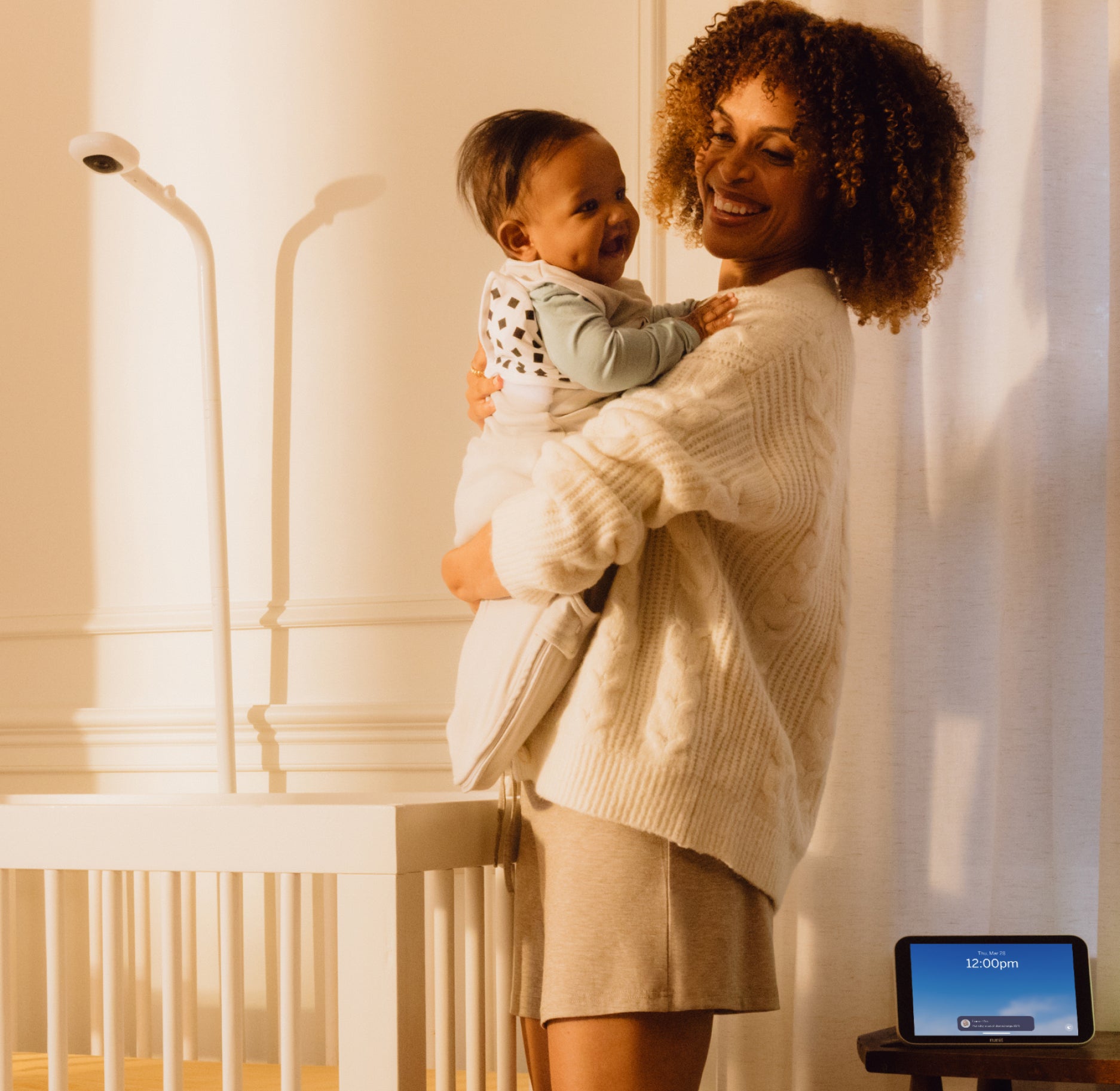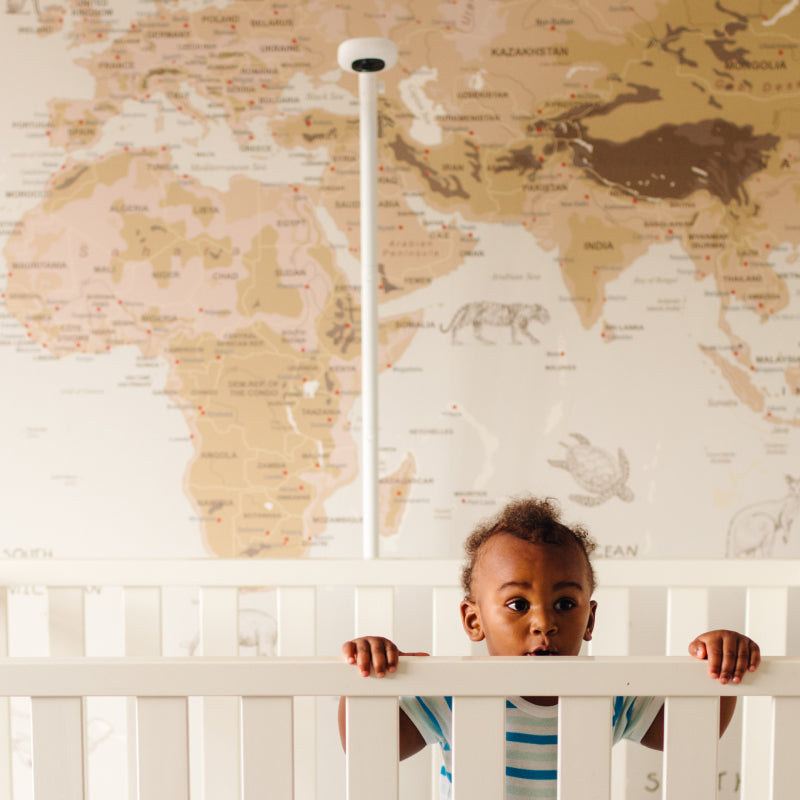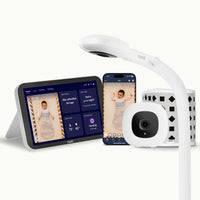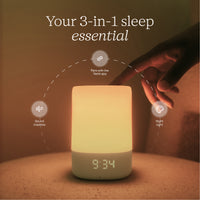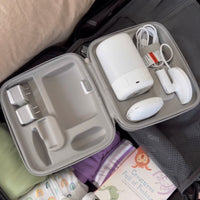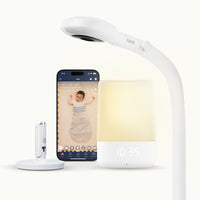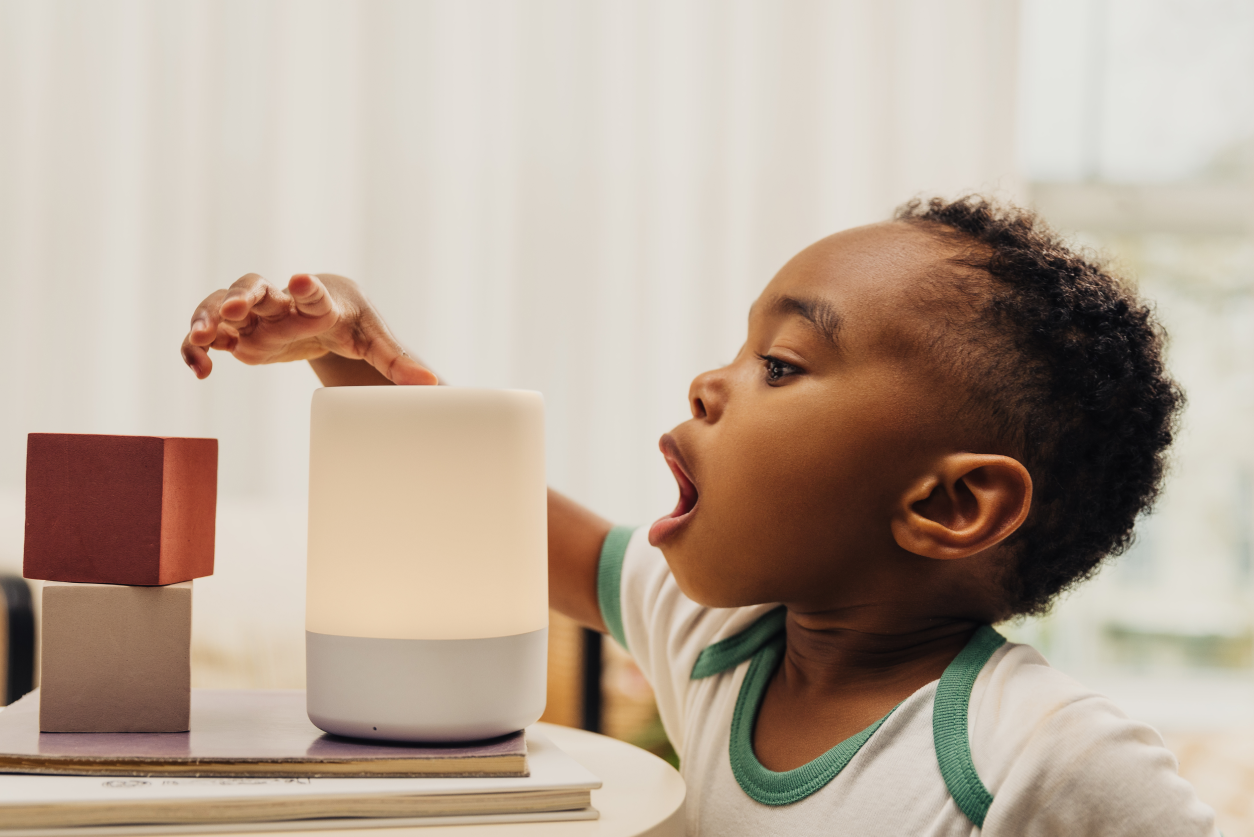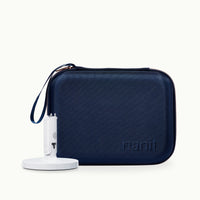Overnight potty training can feel like the final frontier. The big—and sometimes intimidating—last step between your toddler and the rest of their diaper-free days.
Before we dive into the question of when to start nighttime potty training, a few things to know: One: Nighttime potty training can be done. But two: It can take a little time and that’s totally natural. And three: We’re here to help. Read on as we walk you through the worries and how-to tips to get you as simply as possible to the other (dryer) side of your toddler’s potty training journey.
How to Know if Your Child is Ready for Nighttime Potty Training
Potty training at night is the last stage for a couple of reasons. One is partly biological: Little bladders get full more quickly. Bigger bladders belonging to slightly older kids can hold more…and make it through the night more easily.
Just as with many milestones, every child has their own unique path, so pay attention to your child’s signals to decide when to start nighttime potty training. Some children may be ready for potty training at around age 3, others may be closer to age 4, 5, or later. Talk to your pediatrician if you’re having any concerns.
It can also be wise to wait until your child is out of their crib and sleeping in a toddler bed as it helps if your child can easily get to the bathroom should they need to go.
Your child may be ready to potty train at night if:
- They’re pretty good at going to the bathroom regularly during the day, recognizing the signs they need to go, knowing what to do, and being able to get to the toilet in time.
- They only need to go to the bathroom every few hours and wake up with a dry diaper after nap time. (Both are signals that they’re able to hold their pee for longer stretches of time and that they may be ready for nighttime potty training.)
- They stay dry through the night, especially if it happens a few nights in a row.
- Your toddler tells you they’re interested in trying to make it through the night without a diaper.
Overnight Potty Training Tips
Overall, nighttime potty training shouldn’t affect your child’s sleep overly much—and there are things you can do to help lessen the impact.
- Limit drinks starting 30 minutes to an hour before your toddler’s bedtime to make sure their bladder is not full.
- Start establishing a bedtime routine where your child goes to the bathroom a couple of times before bed and as soon as they get up in the morning. This helps transition good habits from daytime potty training to nighttime.
- You can also wake your toddler up to use the potty right before you go to bed. This can help them get used to getting up to go from sleeping.
- Keep one friendly night light in your child’s bedroom and another in the bathroom, so it’s easy to find the bathroom during the night and the trip doesn’t feel scary. Make sure lights are soft and soothing—and not too bright—so your child stays in a drowsy state and can more easily fall back asleep once business is taken care of.
- Your child may also feel more comfortable getting up to go during the night if they know they can ask for your help if they need it. The two-way audio communication feature in Nanit monitors lets your child easily let you know when they wake up, and you can let them know you’re on the way.
- Encourage your child to wear underwear or nothing at all at night, rather than a potty training pants pull up or nighttime diaper overnight . Because diapers are so absorbent, your child may not even know they’ve peed, and learning to recognize the signs of needing to go is an important part of the nighttime potty training process.
- If your child has nighttime accidents, set yourself up for an easy and quick change (letting everyone get back to sleep asap) by layering waterproof mattress protectors or changing pads, towels, or disposable sheet protectors on your child’s bed. If a top layer gets wet, you’ll be able to quickly switch it out for a dry layer.
Word to the wise: When your child is first learning a new skill, it may disrupt their usual sleep as their bodies and brains practice and process the information. This can apply to nighttime potty training as well, especially since an integral part of potty learning is waking up to go to the bathroom.
But the sleep disruption should be short lived. As soon as your child establishes their new habit—whether staying dry through the night or taking a nighttime trip or two to the potty—they generally return to their usual sleep patterns, and put themselves back to sleep quickly once back in bed. Plus, look, Ma! No diapers!



